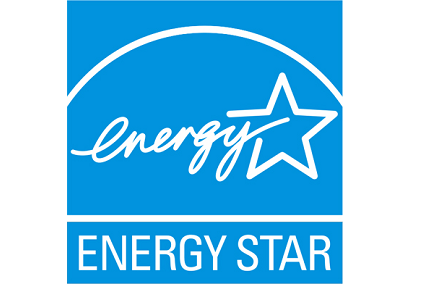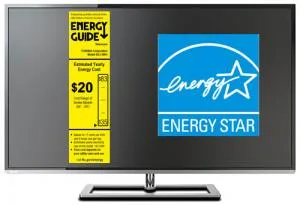 The EPA in the US has been taking comments on future developments in the Energy Star requirements for the Energy Star 8 approval. Although TV makers are keen to improve viewing and image quality by allowing higher brightness, environmentalists are equally keen on pushing sets down to lower power levels.
The EPA in the US has been taking comments on future developments in the Energy Star requirements for the Energy Star 8 approval. Although TV makers are keen to improve viewing and image quality by allowing higher brightness, environmentalists are equally keen on pushing sets down to lower power levels.
Among possible ideas is a proposal that sets are fitted with a an automatic brightness control that cannot be disabled, or may be enabled in only a single mode which is likely to be a retail mode to support very bright operation in retail stores.
The EPA is looking at changing the standard test video that is typically used for testing, as brands have previously got into trouble over allegedly optimising their sets to detect the standard video and use special settings so that less power is used. The EPA is also looking at whether to test with upscaled or native HDR content. Specific UltraHD test content may also be developed.
The EPA is looking at reducing the minimum brightness requirement to 125 cd/m² from the current 150 cd/m² level, to allow for variation in production and adjustment of the ABC. The EPA also conducted tests with a small number of subjects in 3 Lux lighting environment and said that viewers thought that 200 cd/m² was a better brightness level and found the other levels too dim. That is 58 fL, and is well above the 43 fL that is recommended as the minimum brightness in a dim room by the ISF.
The final draft will be published in June, for finalisation in July and implementation in March/April 2018.
For more details check this article
Analyst Comment
The pressure for lower power consumption is in opposition to the move in the industry to HDR and is also likely to have some impact if there is some development in WCG as usually it is difficult to boost colour without using more energy. (BR)

